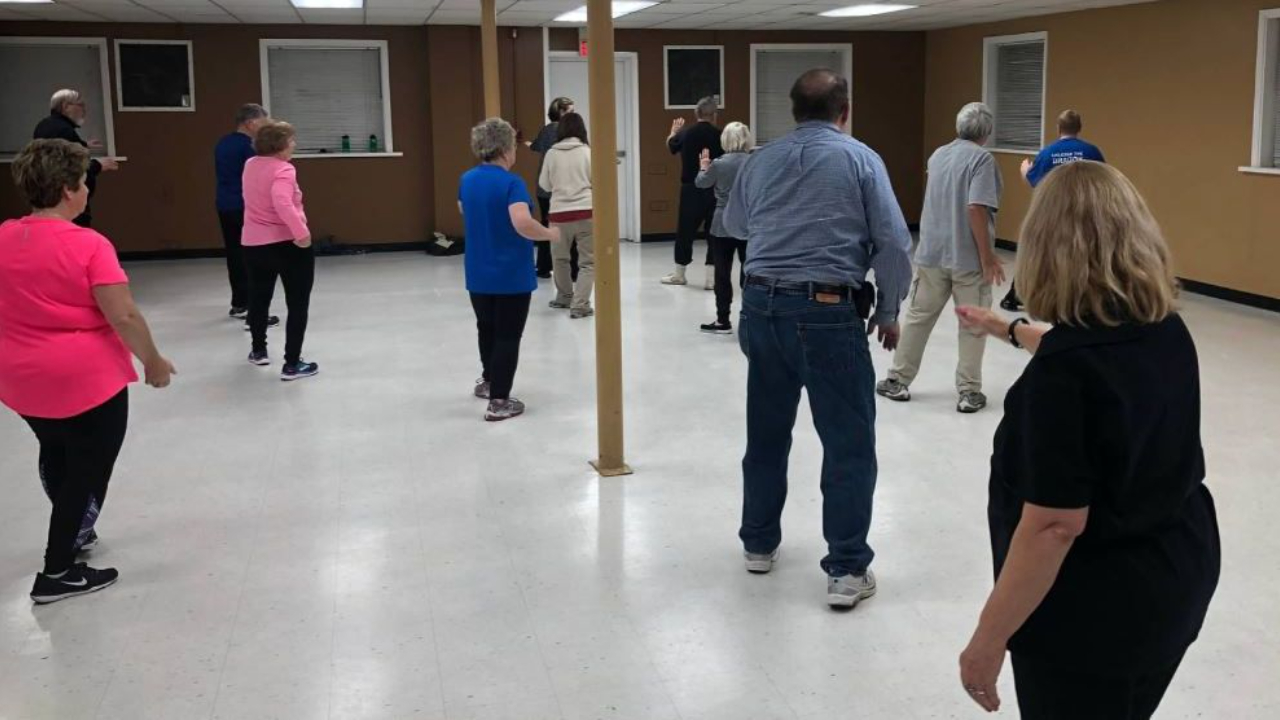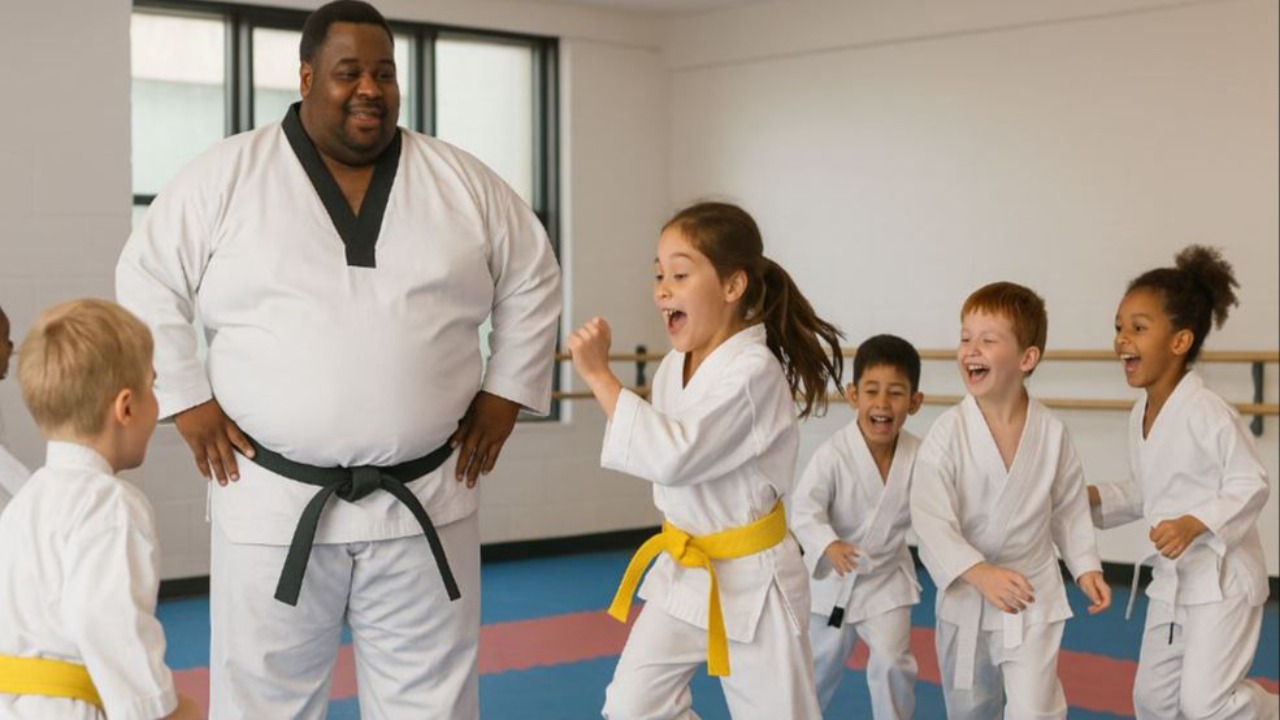Tai Chi Instructors Should Not Throw Their Pants in the Fire

Nancy and I watch the TV series "Billions," and last night one of the characters told the story of James Davenport, an evangelist preacher back in the 1700s in the American colonies. He traveled and held revivals and preached fire and brimstone, hell and damnation.
He said he could tell if someone was "saved" or not just by looking at them.
James Davenport became known for his "Bonfire of the Vanities." He would urge his followers to throw books and other material goods into the fire. He was once charged with disorderly conduct because of his behavior and was convicted in a Hartford, Connecticut court. His punishment was simply to be sent back to his hometown.
Davenport kept preaching and holding his bonfires, and he began encouraging his followers to also throw their fancy clothes into the fire. Fancy clothes, he said, was a false god, it symbolized their vanity and kept them away from God.
One night, in front of a group of followers, he took his own pants off and threw them in...
The Best Way to Disappoint - Or Impress - Your Martial Arts Teacher

I taught a journalism course at a local university in 2016, both the spring and fall semesters. The picture above is when I arrived on campus at St. Ambrose University.
It was my first experience teaching. I do not have a Masters, but I had enough experience in journalism (I won a few Associated Press awards during 22 years in news) that the department chair thought I would do a good job.
The students filed in on the first day of my first class. I spent a LOT of time working on an entertaining and informative PowerPoint and lecture.
A couple of students looked at me, smiled and said hello as they found a seat. Most of them walked in without acknowledging me, found a seat, and began staring at the computer screen that they each had on their desk. There was no attempt to engage by most of the students.
I have always enjoyed kids, and young people, and have always found ways of making them laugh and have fun.
But a college setting was different.
It was fascinating, watching some s...
The Joy of Teaching Tai Chi to an Older Group of Students

Something happens when you start getting older, when your health begins to go South and the hair turns gray.
Suddenly, you feel differently about the old people you see in the store or on the road. You suddenly develop empathy.
Oh, I get it. That old man still thinks of himself as the strong 25-year old that he was just a few minutes ago. Wasn't it just a few minutes ago?
No, it was 40 years ago, before the losses started piling up; before his parents died, before his friends started dying, before his earning power began dropping, and before his heart began beating like a bad carburetor.
Now, when I see a healthy 25-year old, I think to myself, "It seems like just yesterday." When I was 25, life seemed endless and everything seemed to come easily.
As the years passed, I lost a daughter, I lost jobs, marriages, and eventually, my perfect health declined. There were some gains along the way, too, but the losses pile up.
As we get older, it becomes even more important to maintain ou...
What is the Best Way to Leave a Martial Arts Instructor?

Fellow taiji instructor Kim Ivy of Seattle put an interesting post on Facebook last week and it triggered some thoughts that probably all instructors entertain from time to time.
It's a bit puzzling to us, and it actually sometimes hurts a little bit when we spend time with a student, coach them, laugh with them, give time and energy and care, only to have them suddenly vanish and we never hear from them again.
It has happened to me several times. I have had students who achieved rank, attended tournaments with me and we had a great time, developed a camaraderie, and suddenly they are gone and never communicate, as if I was just some passing acquaintance.
As a student, I left one or two teachers without saying anything, including my very first teacher, Sin The. But in all the time I was a student of Sin The's, rising to 3rd degree brown belt, I can't recall one conversation that he ever had with me. I'm not even sure he ever gave me any personal coaching at all. It was a very impers...
The Tai Chi Uniform - Should You Wear "Silk Pajamas" or Not?

Have you ever seen some of the snide comments made online by some internal arts people who slam those who wear a uniform when taking photos or videos? They refer to the uniform in a derogatory way as "silk pajamas."
I always wonder why people feel the need to do that. It seems a bit immature, and sometimes comes off simply as mean-spirited. It is not exactly the nature that Taiji is supposed to develop in people, is it?
I wear a uniform when I do photos and instructional videos. When I watch an instructional video by another teacher, it always looks more professional when they are in a uniform than when they are in a Budweiser t-shirt and sweat pants. But that's just my opinion.
In recent years, I have worn a black and white uniform that was inspired by a wonderful documentary called Chen Village, by Jon Braeley. If you haven't seen it, and you are into Taiji, I highly recommend it.
In the documenta...
Rules and Rituals in Martial Arts -- Is It Respect or Superstition?

I belonged to an internal arts school that had some rules that were carved in stone. Here are some of them:
**Each time you approach the training floor, you stop and bow to the floor. Each time you leave the floor, you bow to the floor before stepping off.
**Street shoes are NOT allowed on the training floor.
**At the beginning of each class, there is a moment of meditation and a bow to the shrine at the front of the room, designed to honor past masters.
**Only instructors are allowed to touch objects on the shrine.
**If you drop your sash to the floor, you must kiss both ends before putting it back on to show that you intend no disrespect to yourself.
**Men wear the knot on their sash on the right side and women wear it on the left. Once you reach Master level that reverses -- men wear the knot on the left side and women on the right.
**The sash is never washed because according to tradition, washing your sash will wash away your strength.
**When we perform techniques, we coun...
How Commercial Should a Martial Arts Instructor Be?

I took my 11-year old granddaughter to her Taekwondo class last night. She has been studying at a "family" TKD school affiliated with the ATA. After a little more than a year, she earned her brown belt last weekend. The classes are a little different than when I studied Taekwondo back in the Seventies.
When I took my granddaughter to class a year ago, the classes were filled with children who were just beginning to learn. They were clumsy and uncertain, as most kids are when learning a new physical skill. It was interesting to me, after being involved in martial arts for 41 years, and having owned my own school, to watch the way the TKD teachers build in a lot of non-martial activities to keep children active and motivated. They really have it down.
A typical class might involve the following:
** Foot races up and down the floor near the beginning of class.
** 10 or 15 minutes of instruction into TKD technique.
** Instruction that is not very picky regarding perfection.
** The l...
Should Martial Arts Students Just Be Quiet and Do What They are Told?

There was an interesting comment online last week. An internal martial artist (I'm not sure if he is a teacher or not) said that when students begin studying, they should not ask questions. They should understand that they do not know enough to ask questions. Instead, they should do what their teacher tells them to do, over and over until they progress for a while.
He said that ego makes us think we need to know more than our teacher is telling us, and we need to "let it go" and follow. Just follow, and all things will become clear in time.
I could not disagree more.
I first began teaching at a small fitness center in Iowa. Rich Coulter and Chad Steinke were among my first students. They were both teenagers at the time, and when they walked in, they sized me up like hired guns. It was my first week as a teacher -- October, 1997.
As I showed both of them basic techniques that I taught at the time -- corkscrew punch, sunfist punch, front snap kick, roundhouse kick, etc. -- they woul...
A Martial Arts Master or a Teacher -- You Don't Have to Be One to Be the Other

She said my Internal Strength and Silk-Reeling videos taught her information that her "master" never taught. In the email, she said "Thank you, Master."
I corrected her and told her I'm not a master and don't have enough time in this lifetime to become one.
Her response was interesting. She said she had studied DVDs by several Chen masters (she named them but I won't do that here) -- and she said that I was the only one teaching body mechanics in any detail. She found it curious that the masters she had seen on video and in person never told her any of the information I share. She said that many of the teachers she knew in martial arts demand to be called Master, and I don't, yet I teach quality material to everyone.
Her email was very kind, and we had some very nice exchanges. It also made me think, which is dangerous but ...
How to Make a Kung-Fu Teacher Proud

I'm blown away by what I learned tonight. At tournaments in 2007, five of my students walked away with a total of more than 40 trophies and medals. They are Kim Miller, Steve Rogers, Kim Schaber, Jon Stratton, Chris Miller, and Jay Stratton. They've carried on, through the leadership of Chris and Kim Miller after I moved away. My only black sash student, Rich Coulter, has started working out with them again (I think Kim and Chris will be reaching that point in the next year or so). We've also been trading videos through YouTube -- I've watched their performances and offered coaching tips to keep them moving forward. But they've worked hard on their own, each of them dedicated to kung fu and to the internal arts that we study.
The greatest thing about these guys -- they're each outstanding human beings; kind, considerate, helpful, fun, and they welcome anyone who seriously wants to learn. They're the kind of people that always made our school, as small as it was, a fun place to learn. ...

